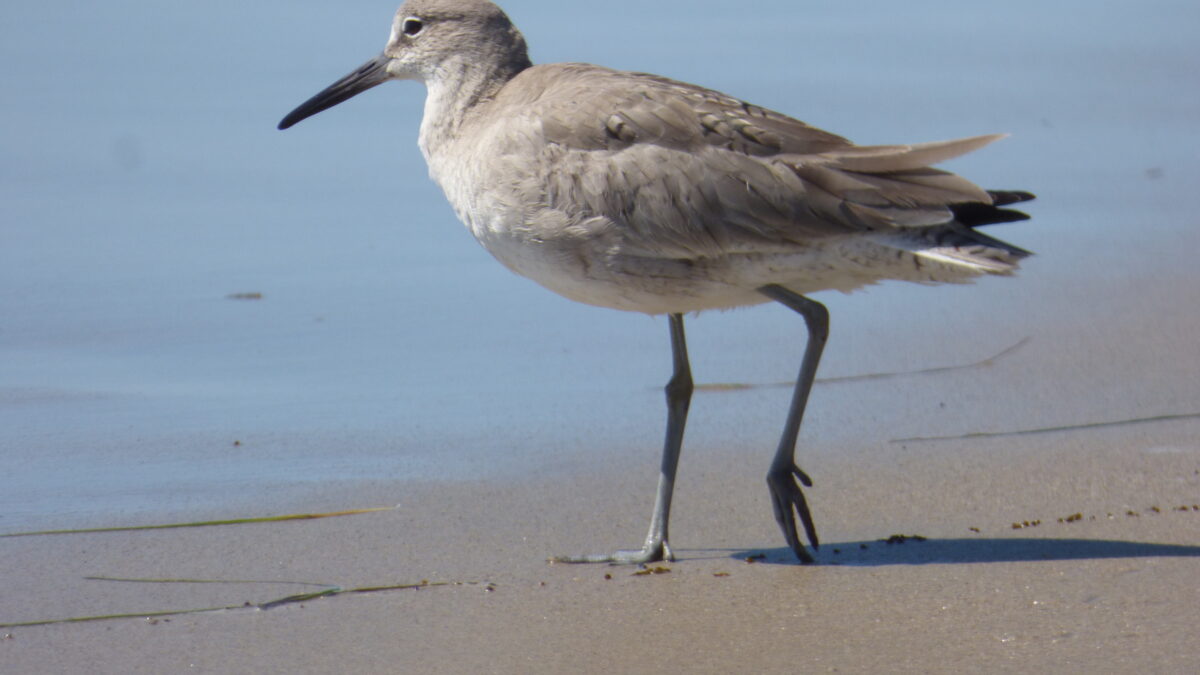For anyone who has ever been aggravated while attempting to ID an aggregating anemone, puzzled by a penstemon, or left wondering if a willet is actually a whimbrel, virtual field guides and apps can help. Here’s a short guide to guides.

iNaturalist.org is easily the most comprehensive aid to IDing plants and animals, locally and worldwide. The website and app began as a final project for UC Berkeley School of Information Master’s degree candidates Nate Agrin, Jessica Kline and Ken-ichi Ueda. It has become a wildly popular tool for identifying wildlife and plants.
iNaturalist became an initiative of the California Academy of Sciences in 2014, and a joint initiative with National Geographic Society in 2017. It attracts users that range from inquisitive school children to top field scientists. Today, it’s an easy-to-use app and website that enables anyone, anywhere, to upload photos and make IDs. It’s not perfect. Once a photo is uploaded, the app uses an artificial intelligence model that is trained using the website’s continually growing database of “research grade” observations to find a match. Sometimes it works perfectly, sometimes it misses spectacularly, and often the user has to make an educated guess amongst several similar or related species.
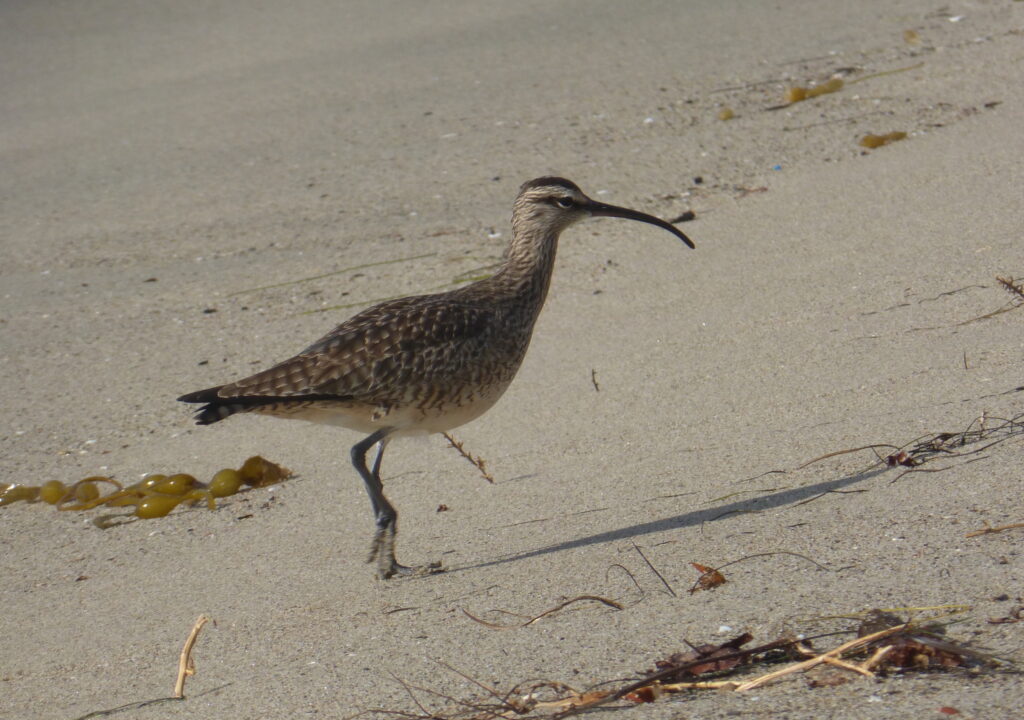
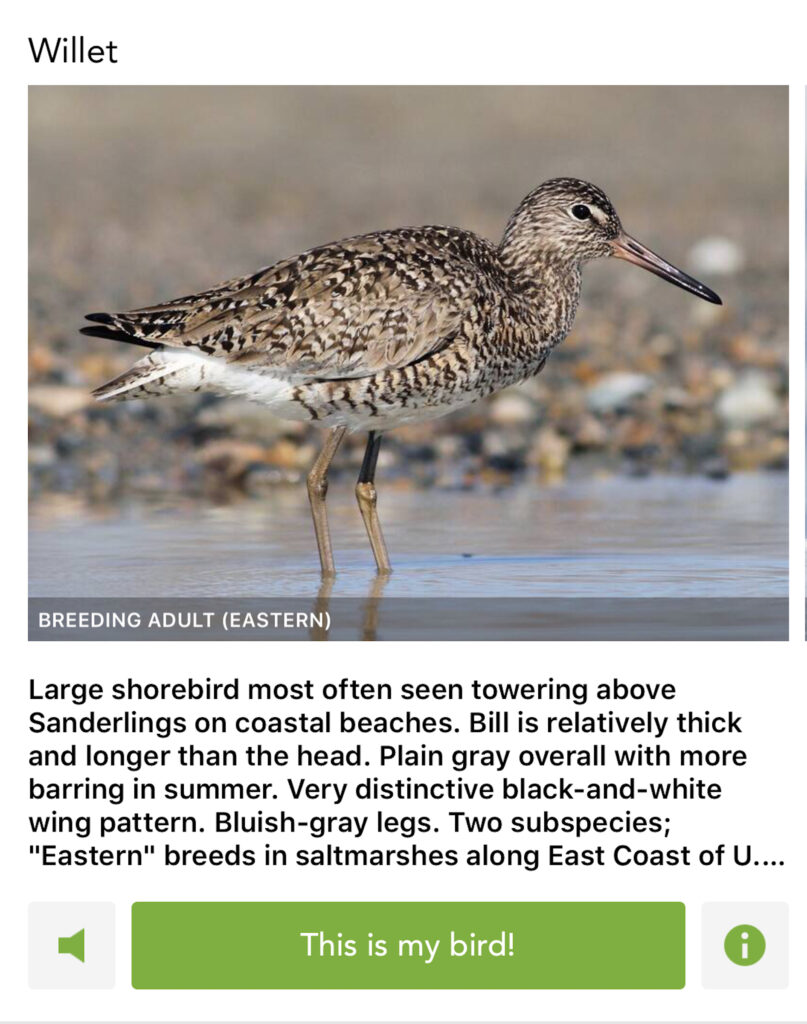
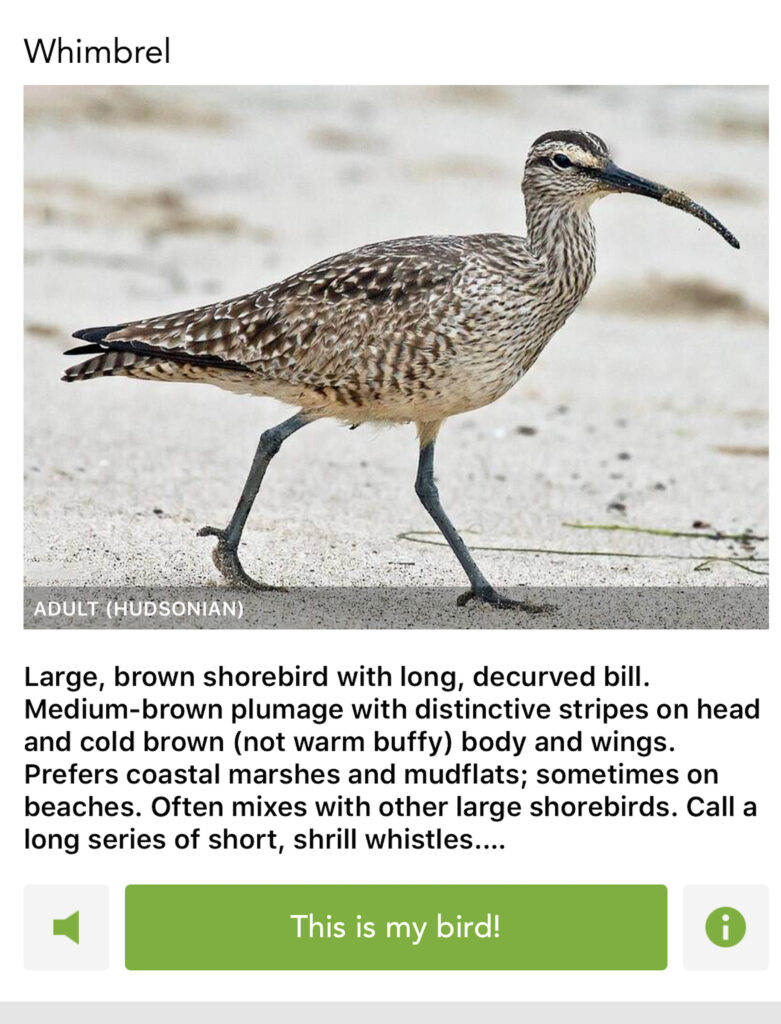
The AI algorithm can help zero in on an ID, but the real strength of iNaturalist is its community of users that include experts in every imaginable field of life science who volunteer their time to resolve mysteries and confirm IDs. Because anyone can volunteer to help ID, the results are also not infallible, but the user can accept or reject and ID, and it’s not unusual for a discussion to occur over a controversial ID, with more than one expert weighing in.
A successful ID depends to a large degree on the quality of the photo and the number of enthusiasts for a specific species or ecological niche that may be volunteering their time.
iNaturalist can be used via computer or mobile app. Anyone can browse but an account is required to participate. The app is free and easy to use—take a photo, and upload it.
While iNaturalist covers a wide range of terrestrial and aquatic life, sometimes a more specialized guide is helpful.
Bird watchers have a wide range of digital field guide options. Cornell Bird Lab’s All About Birds website and Merlin app are free and excellent. So is the Audubon Society app www.audubon.org/app).
Digital guides for diehard birders include the Sibley eGuide—a $19.95 version of the popular print guide, and iBird, which offers a free “lite” version and a $39.99 comprehensive version.
There are also a couple of excellent wildflower websites and apps. www.smmflowers.org and the whatsblooming app focus on the Santa Monica Mountains and can help ID a flower based on color, shape and season.
Calflora.org is a non-profit website that features a comprehensive catalog of California flora. It features in-depth information that includes mapped habitat range. The website also has a powerful search engine that makes it easy to narrow the list of possible IDs.
Insect ID can be challenging, but for anyone who has ever asked the question “what’s that bug?” Los Angeles’ resident Bug Man Daniel Marlos probably knows, and if he doesn’t, the experts and enthusiasts at his website, whatsthatbug.com, probably do.
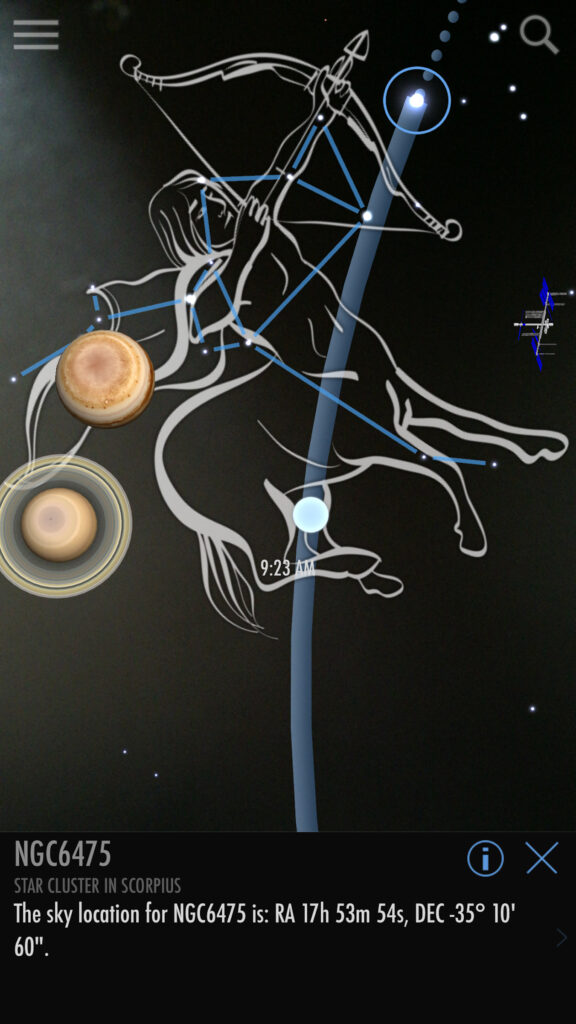
Stargazers also have many digital field guide options. SkyView is a good option for beginners. It’s an easy to use app that allows stargazers to point their phone at the sky to help find stars, planets, constellations, and even the International Space Station. It’s worth $1.99 to upgrade from the lite version.
Local geology is an area that not only lacks apps but is also in need of a comprehensive virtual field guide of any sort. The best guide remains Roadside Geology of Southern California, by Art Sylvester and Libby O’Black Gans, and Sylvester’s earlier book Geology Underfoot in Southern California, but both are only available in print editions.
For a more 21st century guide, check out the University of Wisconsin-Madison’s Rockd app, which can help reveal at least some of the secrets of the Santa Monica Mountains.
Whether it’s something with too many legs in the bathtub (don’t panic, it’s probably just a house centipede), or the brightest light in the night sky (right now, it’s the planet Jupiter) digital field guides and apps can help provide nearly instant identification and information in a way no one could have imaged just a generation ago.
The secret to using them remains the same as it was in the days of dusty tomes: the curiosity to get out into nature and see what’s there. Life on Earth is amazing, even in one’s own backyard.





